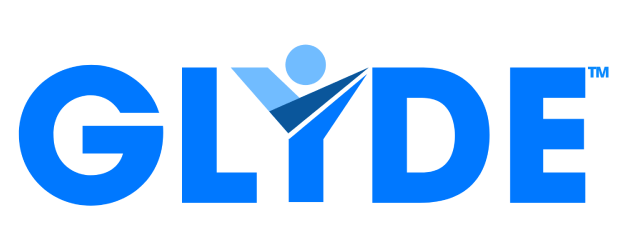Decode the Future: How to Crack the Skills-Based Talent Code
After over 25 years navigating the professional world, I’ve always believed one thing would be true – skills are the currency that matters most when it comes to career success rather than prior experience or qualifications. More and more it appears that this is in fact the case. In general it’s more and more about the ability to get the job done in practice rather than on paper.
Many hats…
I’ve worn many hats over the years – from yacht skipper to shopkeeper to a talent acquisition leader. And while the scope of my roles changed enormously, one truth remained consistent: The specific hard and soft skills I developed were what enabled me to excel in every position, even as my responsibilities shifted.
Whether it was mastering dead reckoning navigation as a skipper in a pre-GPS world, navigating complex stocking models as a retailer, or honing my recruitment skills as a Head of TA Talent Acquisition, cultivating on-demand skills is what allowed my career to advance.
Of course, I’m not alone in this realization, ongoing automation and the dominance of fields like AI and machine learning means that demand for these specialized skills is skyrocketing across sectors.
As both a seasoned professional and talent acquisition leader, I now firmly believe companies must embrace a skills-based model to build adaptable, future-ready workforces. Gone are the days when static educational credentials or job titles were proxies for ability – now we must evaluate talent more holistically.
In refining Glyde’s AI-powered recruitment and screening platform, I’m daily reminded of the gap between traditional hiring practices and the skills-reality defining 21st century work.
Reviewing thousands of candidates has revealed systemic flaws in experience-centric models. Repeatedly, qualified applicants are discounted due to lacking a formal background match. Yet our screening conversations uncover their genuine competencies gained from a range of experiences.
Recently, a client sought a Payroll and Expenses Specialist to handle high-volume Concur invoice processing. A priority candidate had many years solid payroll experience but with no Concur specifics on their resume. They barely merited an interview per credential-based screening.
However an analysis of the screening conversation flagged this individual as an exceptional performer. Further probing revealed they actually processed countless Concur expenses for the last year despite no official title linkage. Only competency-centric inspection identified their legitimate qualifications.
The Winds of Change: Why a Skills Focus Matters
In this comprehensive guide, I’ll share practical strategies for putting skills identification and verification front and center in hiring – from sourcing qualified candidates to screening for on-the-job excellence. I’ll also explore leading-edge recruitment technologies that can sharpen this approach.
The future of work is undoubtedly here. Over 50% of the overall workforce will require reskilling by 2025, according to The World Economic Forum.¹ By blending human insight with AI-augmentation, I know firsthand that we can build skills-centric teams ready to excel today and evolve for tomorrow.
We need to view candidates as clusters of competencies that translate into performance, not just background qualifications. With roles rapidly evolving, skills allow talent to stretch and shift as needed.
The Benefits of Skills-Based Hiring
Centering skills during recruitment and staffing unlocks many advantages:
-
Adaptability – You can respond faster to a changing marketplace with fluid team structures. Employees can upskill and move across projects.
-
Fit – Matching competencies to tasks improves performance, output, and employee satisfaction.
-
Diversity & Inclusion – Unconscious biases fade when historical qualifications aren’t prioritized over skills.
Making the Technology Connection
Sophisticated recruitment platforms can accelerate this transformation using predictive data and AI. Look for these essential capabilities:
-
Targeting – Advertise roles to candidates based on verified skills competencies.
-
Engagement – Send personalized messages speaking directly to people’s strengths.
-
Screening – Let AI tools assess talents based on skills fit, mitigating human bias.
When layered together, this technology provides invaluable assistance for skills-based hiring.
A 5 Step Framework for Adopting a Skills Model
How can TA professionals put this into practice? Follow these five essential steps:
-
Map Critical Skills – Catalog must-have abilities per role.
-
Create a Competency Framework – Level and define skills for consistency.
-
Transform Job Descriptions – Make skills front and center rather than qualifications.
-
Source Talent Strategically – Leverage data tools to target skilled candidates.
-
Assess Skills Holistically – Design structured interviews and tests to confirm competencies.
Forge a Pathway to a Skills-Based Future
Rather than view this exclusively as a talent acquisition concern, see it as a collective shift. Work closely with your leadership, hiring managers, and learning teams to align on skills priorities across the employee lifecycle – from recruiting through to development.
Construct the right technological framework to enhance that collaboration. And most importantly, keep the focus on people – understanding motivations, nurturing growth mindsets, and conveying empathy every step of the way.
The future beckons. With vision and purpose, you can lead a skills revolution poised to unlock potential at every level of your organization. The opportunity is now, seize it.
¹ https://initiatives.weforum.org/reskilling-revolution/home

